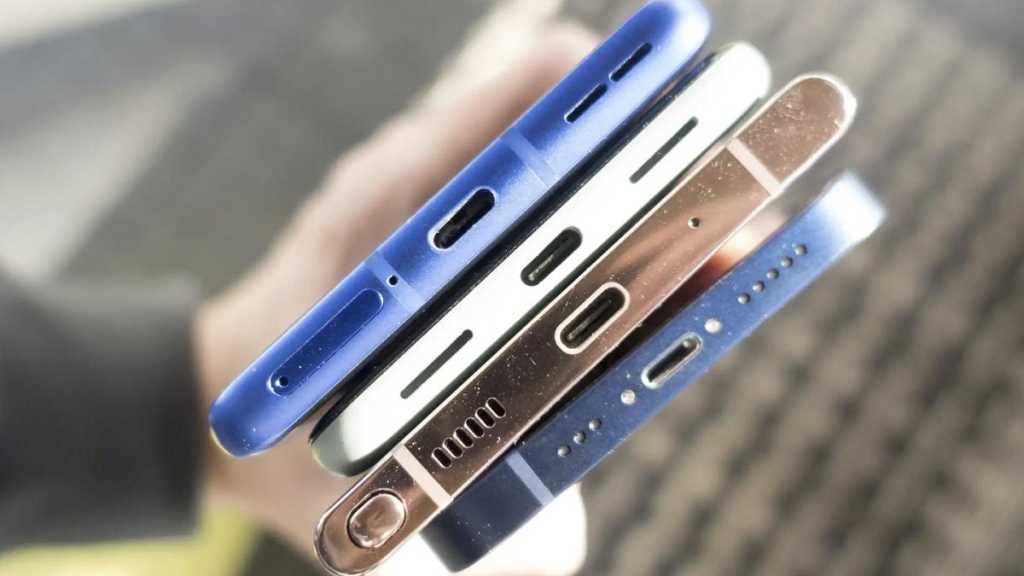We’ve known that the iPhone is switching to USB-C for a while now, but there was always a possibility that Apple would stick with Lightning for one more year. Based on the latest leaked images, however, Apple is all-in on USB-C for the iPhone 15 and iPhone 15 Pro models, with USB-C parts for the iPhone 15, iPhone 15 Plus, and iPhone 15 Pro Max all shown in a leaked image by X user fix Apple.
With the switch to USB-C, nearly all of Apple’s devices will have adopted the new standard, with only AirPods, Mac accessories, and the iPhone SE remaining aside from older iPhones and the 9th-gen iPad.



As I commented above, the regulation clearly states “any additional charging protocol allows for the full functionality of PD… irrespective of the charging device used.”
So they can’t have both unless they split EU & RoW devices.
I hadn’t heard this. Good on the EU not letting them squirrel out of this (hopefully)
The question is more about “how much” of PD they support right? Like PD has standards for charging at higher or lower currents.
My understanding of the current-gen MacBook Pro is that they support some kind of “fast charging”, but only if you use their MagSafe port. You can still charge on the USB-C ports, but not as fast as you could with MagSafe. I’m not sure if that’s a violation of the regulations, or if PD simply doesn’t have support for the amount of power they’re pushing through the MagSafe.
But I think the point is that they’ll continue to look for ways to offer a better experience with their proprietary stuff, even if they’re forced to support a standard in addition.
Interestingly all Apple silicon Macs support fast-charging via USB C. The 16-inch can only do 140W fast-charging via MagSafe, but that makes sense since ports that support charging speeds >100W are fairly new
Laptops are being gradually added to the list of devices within scope of this change. It only counts for any new device being sold on the market after the changes take effect.
The clause only makes sure that chargers do not limit, when connected to competitors devices. The regulation is coming from an e-waste perspective, which the EU has made it clear that it is not interested in entertaining or letting companies push them around.